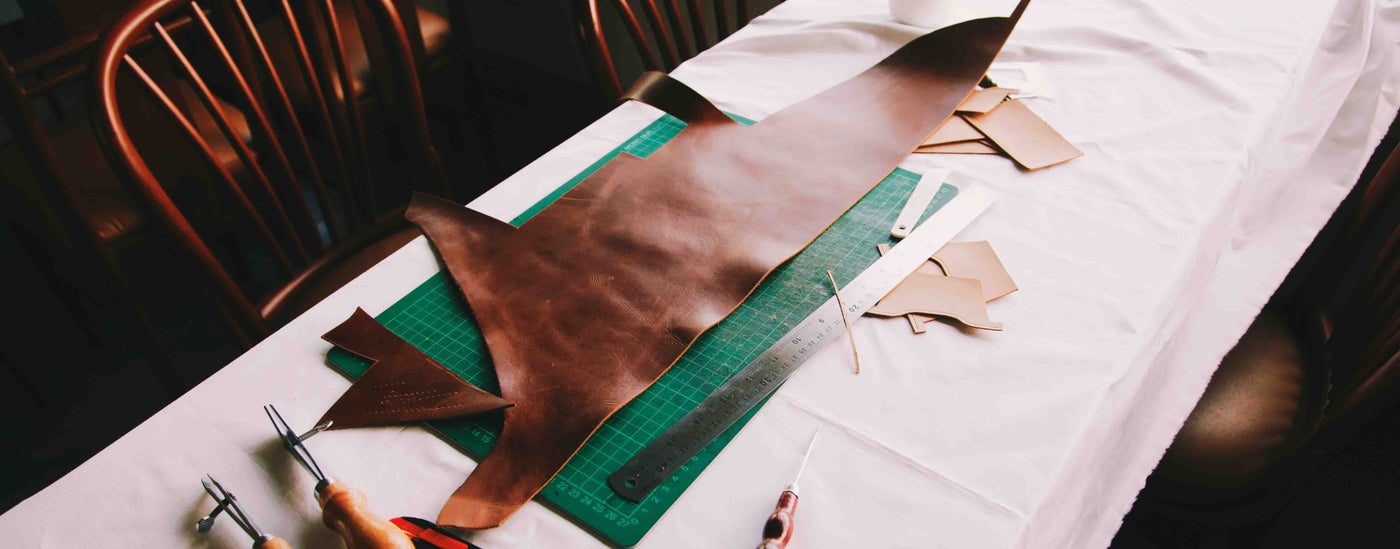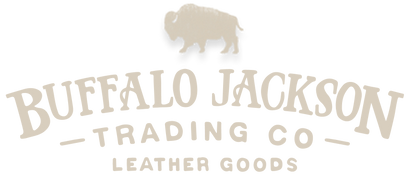Your Cart is Empty
You are $99.00 away from free shipping!
Your Cart is Empty
You are $99.00 away from free shipping!

Tanning is the step in the leather-making process by which an animal hide (skin) actually transforms into leather. The purpose of tanning leather is to change the protein structure of the raw hide into a stable material that will not putrefy and will be suitable for a variety of uses. There are two main methods of tanning leather: vegetable and mineral.
Vegetable tanning uses tannins (thus, the word “tanning”) that occur naturally in the leaves and bark of many plants. The tannins bind to the collagen proteins in the hide, coat them, and cause them to become less water-soluble, which makes them more resistant to bacteria. The process of stretching and applying the tannins over the course of several days makes the hide more flexible, although not as flexible as mineral tanned leather.
Mineral tanning uses chromium sulfate. Preparing a hide to be tanned includes a pickling stage which raises the acidity level in the hide. This step ensures the chromium complexes can “fit” between the fibers of the collagen. Once the chromium penetrates to the desired level, the pH is raised again to facilitate the process. (This step is called basification.) It’s interesting to note that raw, chrome-tanned hides appear blue, so hides in this state are referred to as “wet blue.” Chrome tanning is faster than vegetable tanning, and produces a more flexible, stretchable leather.
After tanning, depending on the desired outcome, the leather will undergo various finishing processes. You can see all kinds of leather types and finishes sold by wholesalers before they're made into finished goods. For example, explore Italian leather at Gazana Leather online store. To see high quality finished leather products, check out our collection of leather messenger bags, briefcase bags, belts, and boots.
Orders shipped to Canada may be subject to import duties, tariffs, and taxes charged by Canadian customs. These fees are not included in our prices or shipping costs. You will be responsible for any additional charges upon delivery. Please review local customs regulations before placing your order.

